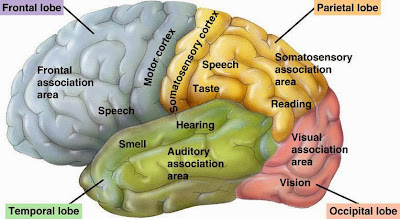Mckinsey’s 7s Organizational Framework for Develop Girls
The 7-S framework of
McKinsey is a Value Based Management (VBM) model that describes how one can
holistically and effectively organize a organization. Together these factors
determine the way in which a organization operates
Shared Values
The interconnecting
center of McKinsey's model is: Shared Values. What does the organization stands
for and what it believes in. Central beliefs and attitudes.
Strategy
Plans for the allocation
of a firms scarce resources, over time, to reach identified goals. Environment,
competition, customers.
Structure
The way
the organization's units relate to each other: centralized, functional
divisions (top-down); decentralized (the trend in larger organizations);
matrix, network, holding, etc.
System
The procedures,
processes and routines that characterize how important work is to be done:
financial systems; hiring, promotion and performance appraisal systems;
information systems. & online system
Staff
Numbers
and types of personnel within the organization.
Female
and Male staff
Style
Cultural
style of the organization and how key managers behave in achieving the
organization’s goals. Management Styles. Leadership Style
Skill
Distinctive
capabilities of personnel or of the organization as a whole.
Core Competences.

